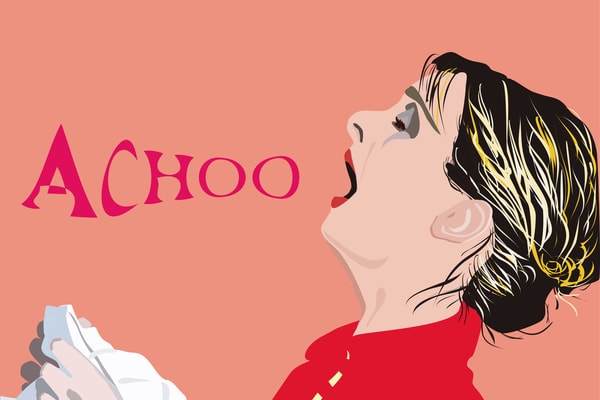To Pee or Not to Pee
It happens all the time: sneeze, cough, or lift something and a little pee comes out. Just another mid-life challenge. It’s called OAB for Overactive Bladder. Of course, no one ever talks about it. It’s embarrassing and even shameful. Yet many women over 35 have experienced a little urine leakage at least once and more than one-third of women between 50 and 54, suffer from overactive bladder.
OAB may be more of an inconvenience than a danger to women’s physical health but OAB can affect a woman’s mental health. There is a serious quality-of-life burden for women with OAB who may opt out of social situations and even lose interest in sex. Quality of sleep can become an issue for those who wake through the night needing to urinate. Plus, it just makes one feel old.
Believe it or not, decreasing sex hormones contribute to OAB. Less testosterone (yes, women have it, too) makes it harder to maintain muscle; lower estrogen levels decrease production of collagen, the magic ingredient that gives our tissues elasticity. The hard truth is, lots of things start to droop.
However, there is hope! Strengthening the muscles of the pelvic floor with good old Kegels or core exercises like Pilates can reduce the issue. Maintaining a healthy body weight is also important, as risk for OAB increases with higher BMI. Managing fluid intake and timed voiding can help. There are also medications and a variety of procedures to treat OAB.
The bottom line: you are not alone! It seems obvious but discuss the issue with your doctor to develop a treatment plan. Don’t let OAB stop you from living your best life!


